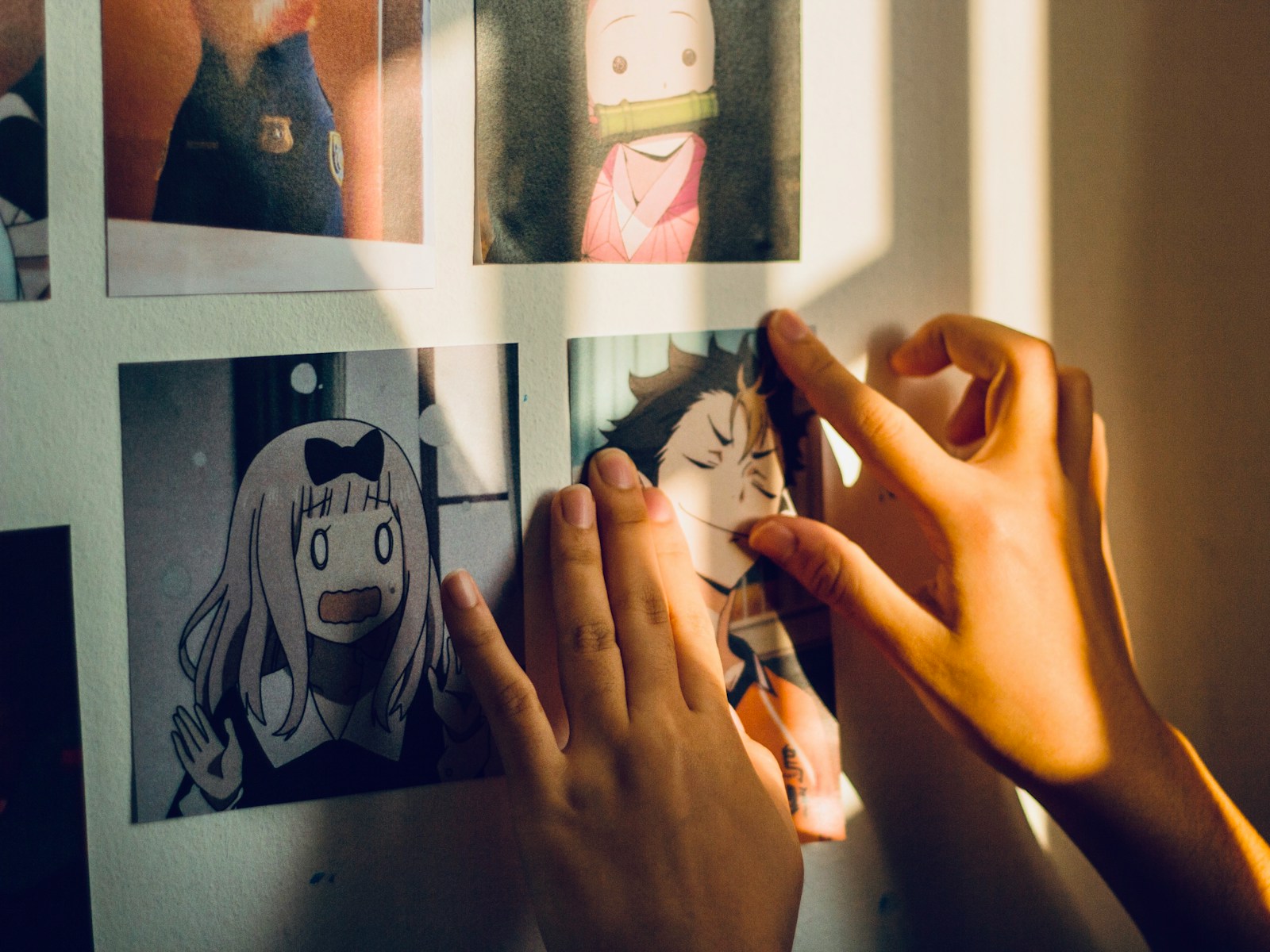Japanese pop culture is famous all around the world. Today, it covers not just anime and manga, but also games, music, and character products. Over the years, these entertainment areas have blended together in unique ways that keep fans excited and wanting more. Let’s explore how Japanese pop culture collaborations started, how they got popular, and what the future might hold for these creative partnerships.
How Collaboration in Pop Culture Began
The journey of Japanese pop culture collaborations can be traced back over a hundred years. The earliest Japanese animation began appearing in the 1910s. Later, after World War II, creators like Osamu Tezuka brought new ideas that would change cartoons and comics forever. For example, his famous series Astro Boy, which aired in 1963, had a huge impact on how anime stories were told.
A major idea that shaped Japanese collaborations is called the “media mix” approach. This means using the same stories and characters across different types of media—manga, anime, toys, TV shows, and more. This clever plan helped fans connect with their favorite worlds in lots of new ways. Legendary series such as Mobile Suit Gundam and Macross didn’t just exist as anime; they combined animation, model kits, toys, and catchy music, creating deep and exciting worlds with the help of collaborators from different industries.
Big Growth During the 1980s and 1990s
The 1980s and 1990s were an exciting time for pop culture collaborations in Japan. Well-known anime titles like Dragon Ball, Sailor Moon, and Neon Genesis Evangelion became household names, attracting attention both inside and outside the country. These series didn’t just stick to television—they inspired video games, toys, clothes, trading cards, and more.
Pokémon serves as one example of a global success. The franchise worked with game developers, movie studios, and companies around the world to create an everywhere-you-look brand. Pokémon GO, developed by Japan’s partners in the U.S., is just one of many projects that show how deep and widespread these partnerships can become.
Anime creators also changed the way they worked together. By encouraging creators to share ideas openly and work side by side, studios found that their stories and visuals only got stronger. At the same time, fans themselves became part of the process. Groups of fans created subtitles for shows or translated comics, making Japanese pop culture accessible for people all over the globe.
New Tech and Brands in the 2000s and 2010s
The next big shift happened as the internet took off. From around the year 2000, streaming video and online communities allowed collab projects to grow even faster. Anime fans in different countries could watch brand-new episodes at the same time, and collaborations moved far beyond national boundaries.
Idol groups, anime studios, game makers, and big brands started teaming up for fresh ideas. Japanese idol groups like Love Live! and Hatsune Miku became cross-media sensations, mixing live music events, animation, smartphone games, and branded products. Popular creators and artists added even more excitement by joining forces for special promotions. Sometimes, these collabs were so clever they took over social media for weeks or months at a time.
Famous brands, both local and international, realized the power of Japanese creativity. They worked with well-known anime and game series to create limited-edition sneakers, handbags, and other exclusive products that fans cherished. Both creators and fans stayed updated on these projects thanks to sites such as collabo-kk.co.jp, which keeps a close eye on the latest highlights.
Current Trends: Virtual Figures, Immersive Tech, and Bringing Back Old Favorites
Collaboration trends continue to change fast. Over the past few years, “virtual YouTubers”—anime-styled, computer-generated performers known as VTubers—have wowed fans. These digital stars collaborate with musicians, brands, and creators, attracting millions through fun online videos and livestream chats.
Modern animation tools—mixing traditional 2D styles with 3D computer graphics—make today’s collaborations even more visually adventurous. Anime creators explore fresh storytelling in virtual and augmented reality as well, inviting fans to step right into the worlds of their favorite characters.
Nostalgia remains a big driver, too. Iconic characters and series from the ’80s, ’90s, and 2000s often come back in revival projects. Old-school superheroes or beloved music acts are reimagined for a fresh audience, striking a balance between honoring the past and building a new legacy. As younger stars join forces with established idols or crossover with classic franchises, the result is a lively blend of old and new pop culture.
Impact and Looking Ahead
Collaborative projects in Japanese pop culture do more than boost sales and win awards. They inspire visitors to explore Japan’s real-life locations and often become part of Japan’s efforts to build relationships overseas. Collaborative projects support everything from tourism to business to education.
The latest happenings—as seen on sites like collabo-kk.co.jp—show how widespread and creative collaborations have become. There’s something new almost every day: novels written in partnership with pop groups, collectible merchandise tied to games, or live experiences that mix music and anime.
The future promises even more. Artificial intelligence may write scripts or generate art for popular series. Expanded opportunities in virtual production will create projects with no borders at all. Collaboration might soon connect people and stories from every corner of the world as technology unlocks even more creative potential.
The story of Japanese pop culture collaborations is full of energy and imagination. Over the years, people in this industry have learned to work together, bringing stories and characters to life in brand-new ways. From cross-media marketing in the early days to high-tech and nostalgic partnerships today, these projects continue to bring joy and inspiration, both within Japan and all over the globe.
Fans stay plugged in, following the latest collab news and trends on resources like collabo-kk.co.jp, ensuring the fun and creativity never stop. In this world where art, music, games, and technology meet, the evolution of Japanese pop culture shows no sign of slowing down.

